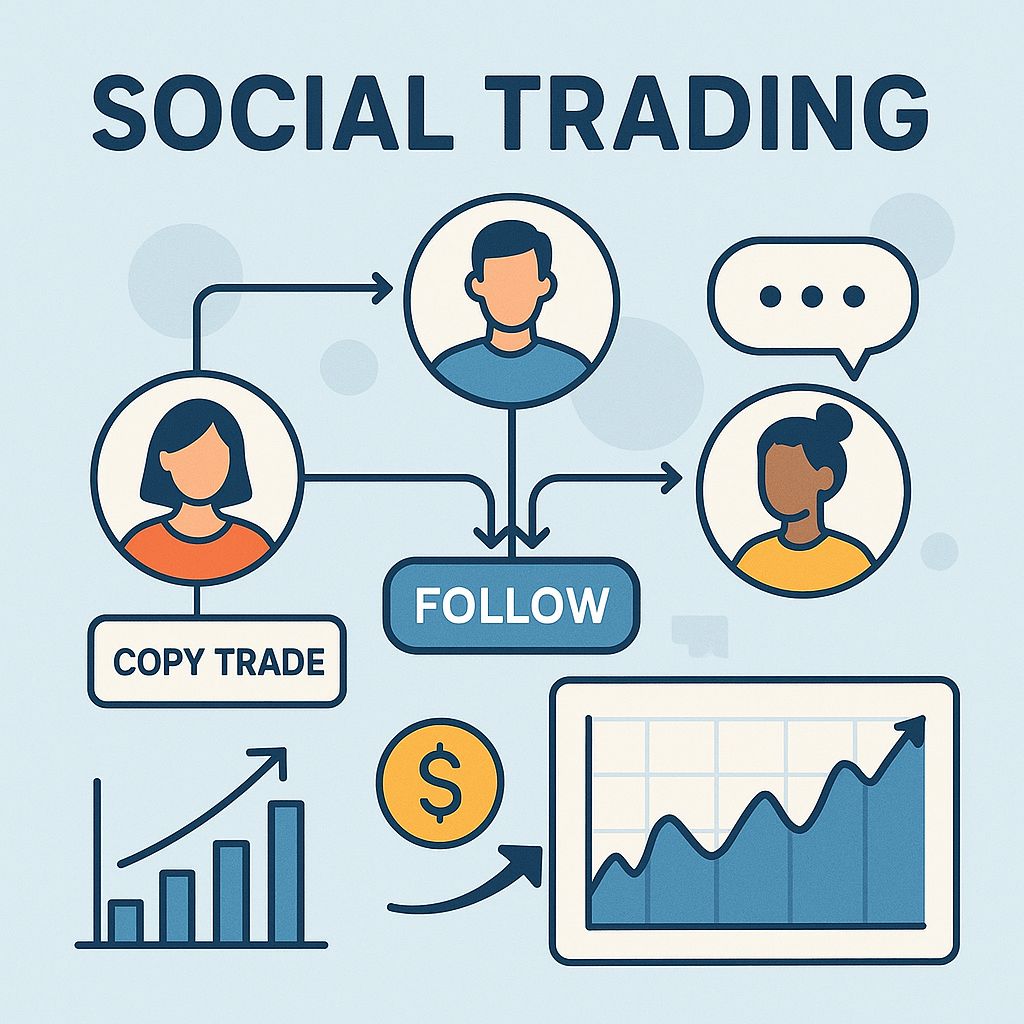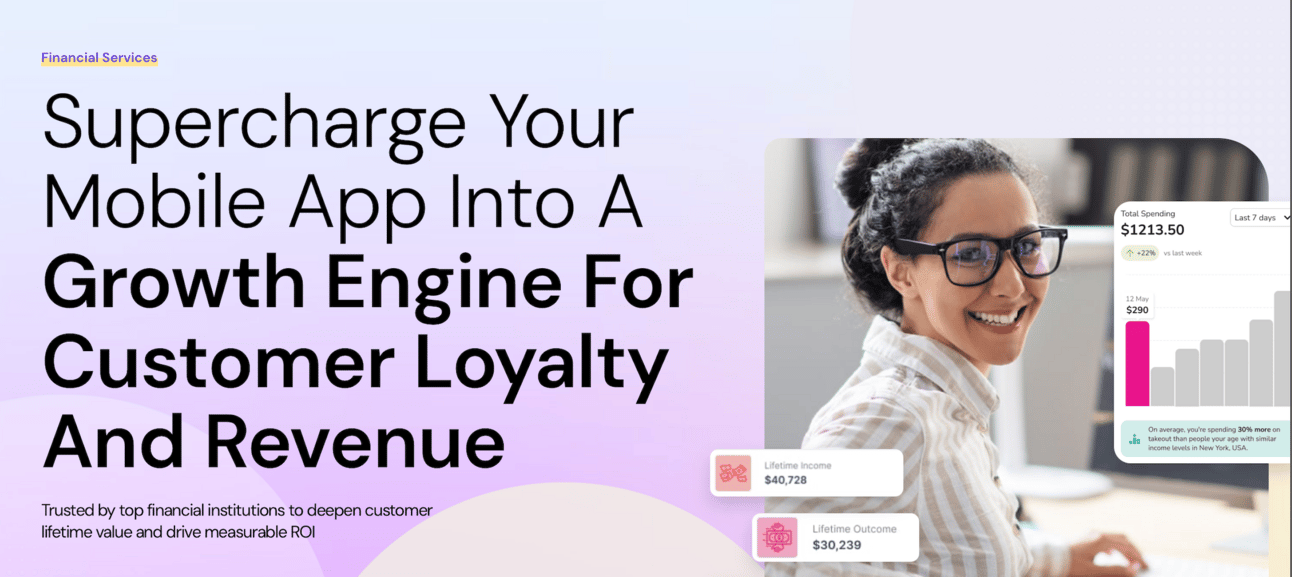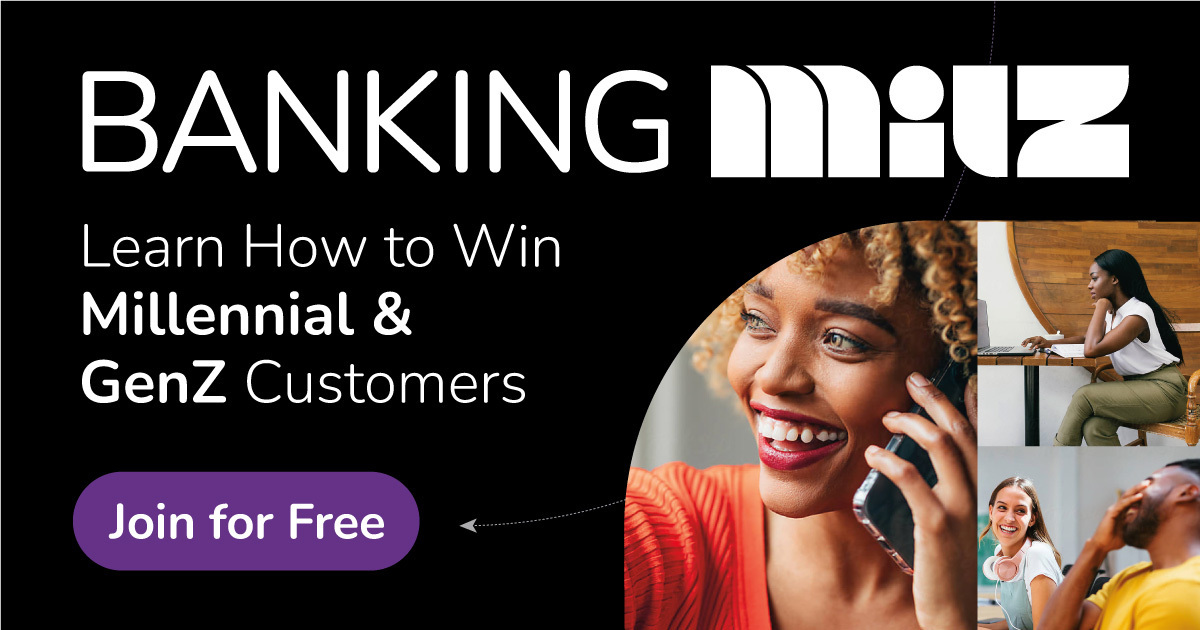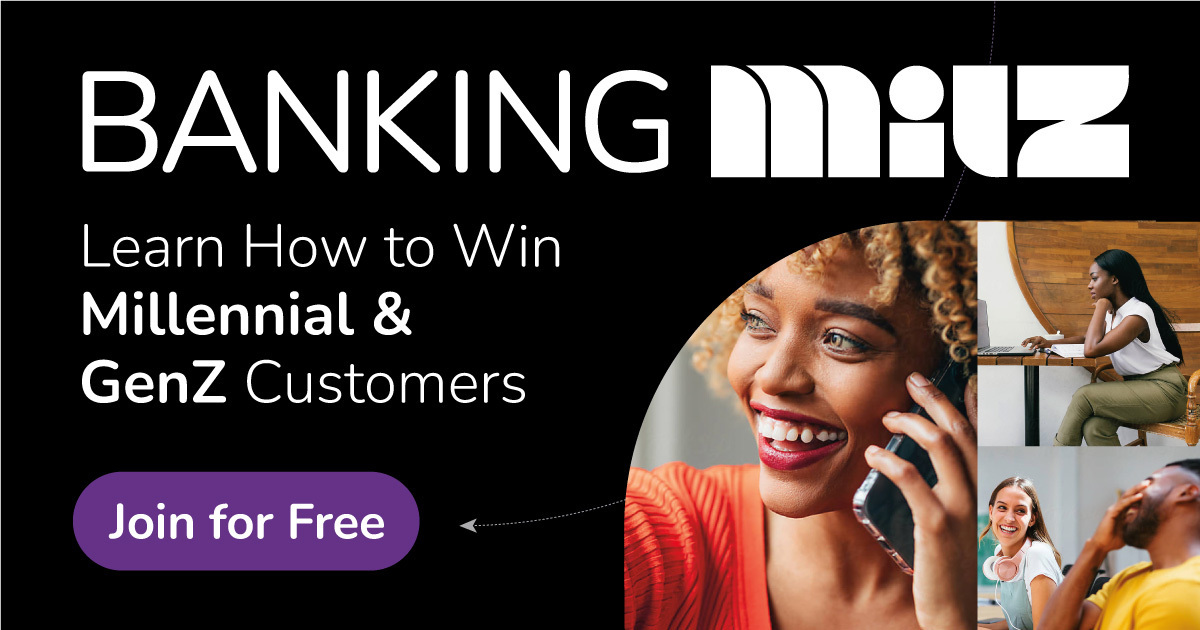
This week I’m diving into one of the most under-the-radar trends shaping the future of money: social trading. And no, I don’t mean ESG funds. I mean investing that’s literally social—group chats, FinTok, copy trades, meme stocks, and money moves powered by peer pressure and digital high-fives.
This topic is so important that we ran our own MilZ influencer finance survey and the results are clear: your next-gen customers aren’t waiting for quarterly statements or annual portfolio reviews. We’re getting tips on Robinhood, opening accounts after watching YouTube, mirroring trades from people they admire, and trusting advice from friends more than advisors. So what does this mean for financial advisors? Let’s dig into it.
👇 Make sure your team is getting this newsletter every week. Forward this to a colleague and tell them to sign up here:
– Fonta
In this issue
ICYMI: Top reads of the week
Meet the Future of Finance: Why Wellthi?
Poll: How did we do this week?
Looking for unbiased, fact-based news? Join 1440 today.
Join over 4 million Americans who start their day with 1440 – your daily digest for unbiased, fact-centric news. From politics to sports, we cover it all by analyzing over 100 sources. Our concise, 5-minute read lands in your inbox each morning at no cost. Experience news without the noise; let 1440 help you make up your own mind. Sign up now and invite your friends and family to be part of the informed.
ICYMI
🧤“Thrift Like a Ninja, Splurge Like a Rockstar” Gen Z’s money motto: budget 25%, spend the rest like you just survived the apocalypse. The Guardian says these kids can coupon, then drop $400 on a single concert hoodie. (Guardian)
🍷“Wine Tasting > Wealth Building?” New research shows high-earning MilZ care more about artisan goat cheese and vibes than traditional rewards points. Banks, better start offering hot air balloon credits. (Business Insider)
🥫“BNPL: Buy Now, Panic Later” One in four Gen Zers are now using Klarna to buy groceries—and nearly half regret it. Apparently inflation made pasta sauce a luxury item. (Food & Wine)
🍕“From Bottle Service to Budget Pizza Nights” Young adults are skipping fancy nights out in favor of homemade pizza with friends. Who knew mozzarella was the real flex of 2025? (Wall Street Journal)
💳 “Gen Z’s Credit Score About to Meet Its BNPL Reckoning” FICO’s new scoring will include buy-now-pay-later loans. Spoiler: if your kid used Affirm to buy Chipotle, their credit might be cooked. (Business Insider)
DEEP DIVE
Better Together: How Can Your Team Ride the Social Investing Wave to Win MilZ Customers
Let’s clear something up right away: when we talk about social investing in this context, we’re not talking about ESG filters or values-based portfolios. That’s socially responsible investing. Important? Sure. But different.
What we mean here is investing that’s actually social. Where your money moves aren’t made in a vacuum, but out loud. In group chats. On apps. With friends. In public.
Social investing is when financial decisions are influenced, tracked, or even made together—where the investing experience includes commentary, community, and collaboration. It’s trading with a side of social networking. And MilZ (Millennials + Gen Z) are deep in it.
To supplement this analysis, we ran our own nationwide survey through Userlytics in June 2025. We asked over 100 U.S.-based Gen Z and Millennial (MilZ) participants about their social media habits, trust in financial influencers, and financial behavior. The results reinforced our thesis: younger generations are forming their money habits in group chats and on platforms like YouTube, Reddit, and Instagram—not in branches or broker meetings.
Here’s what MilZ told us in our study:
-
90% of MilZ respondents say they follow at least one financial influencer, and over half follow from half a dozen or more.
-
90% rate their experience taking financial advice online positively.
-
69% have acted on financial advice from influencers—most often by opening a new account or trying a savings hack.
-
84% say they regularly hear money tips from friends or family, reinforcing the social nature of finance.
-
Only 22% currently use a financial advisor. Of those who do not,
-
55% said it was too expensive, 32% said they weren’t interested and
-
13% said they do not have access to one.
YouTube was ranked the most trusted source for learning about money, ahead of TikTok, Reddit, and Instagram.
Who’s Doing It?
In short? Everyone under 40.
A 2024 eToro study found that 55% of Gen Z investors discuss investments with friends. That’s nearly double the rate for Boomers.
-
A MagnifyMoney survey reported that 6 in 10 young investors are in a group investing community of some kind.
-
And a recent YouGov study shows 36% of Gen Z and Millennials use social media as a key source for investing ideas.
-
Wellthi’s survey data backs this up: 84% of MilZ respondents say friends and family often share money tips—and nearly 70% have acted on advice from influencers.
We’re talking about a generation that crowdsources everything from recipes to rent negotiations. It was only a matter of time before portfolios became part of the group chat.
This doesn’t mean they’re reckless. In fact, many are saving more than Boomers did at the same age. But they want the experience of investing to be social, not solitary. They want to track goals together, compare portfolios (anonymously or not), and learn as they go—from each other.
Both reflect the same instinct: investing is more fun (and feels safer) when it’s shared.
Enter Social Trading
Social trading is a form of dealing that enables traders or investors to copy and execute the strategies of their peers or more experienced traders. While most traders perform their own fundamental and technical analysis, there is a class of traders that prefer to observe and replicate the analysis of others.
What makes 2025’s version of social trading unique is scale, speed, and transparency. Unlike historical financial manias—like Dutch tulips or Beanie Babies—today’s social investing unfolds in real time, across millions of users, via mobile-first apps and zero-fee brokerages. It’s not just buzz—it’s infrastructure.
There are three major types:
-
Meme Stocks: crowd-led swells like GameStop, driven by Reddit and TikTok sentiment, often move markets in hours. While volatile, they reflect trust in peer sentiment over institutional research.
-
Copy Trading: structured platforms like eToro and ZuluTrade let users mirror the trades of more experienced investors in real-time. Think social trust meets portfolio management.
-
Social Trading: Social trading isn’t just about copying someone else’s moves—it’s about building a smarter money community. It’s where people swap insights, share their wins (and losses), and grow together by learning out loud.
Where Is It Happening?
It’s not just FinTok. Social investing is happening in:
-
Public.com – A hybrid social network and brokerage where users can follow friends’ trades and see real-time investment commentary.
-
Commonstock – Lets users share their portfolios (linked to brokerage accounts), creating verified investing leaderboards.
-
Shares (UK) – A social trading app that lets users watch and comment on their friends’ trades, like Venmo for stocks.
-
Robinhood + Reddit – Remember GameStop? That wasn’t Robinhood—that was the power of social investing built around Robinhood.
-
Wellthi – (That’s us!) We built a group finance platform for banks and credit unions that lets users form money circles, share goals, and save or spend together.
-
Marygold & Co. – Offers “Money Pools” for visual, collaborative savings tied to specific goals. MilZ is curating our feeds for financial content—and often getting more value than we find in a bank’s FAQ section.
If your mobile banking app still operates like a calculator and not a community, you’re behind. And yes, this includes wealth management. Especially wealth management.
Why It Matters: MilZ Doesn’t have the Safety Nets that Previous Generations Had
Before we get to why banks should care, it helps to understand what’s driving this behavior emotionally. A growing number of MilZ customers don’t believe traditional financial paths will get them to their goals. Homeownership feels out of reach, student debt is crushing, and wages aren’t keeping up with inflation. According to Bankrate, more than 60% of Millennials and Gen Z say they worry they’ll never own a home.
While previous generations could count on a pension or company-sponsored 401(k) plan for retirement and Social Security, many younger people today, like gig workers, creators and small business owners , don’t have access to those backstops. And in any case, many feel that plain-vanilla mutual fund investing just isn’t cutting it. In our Wellthi study, respondents frequently cited influencers as helpful for discovering “non-traditional” options—like crypto, real estate, or alt investing platforms—because traditional firms weren’t addressing them.
That’s why some are turning to alternatives: private equity, startup investing, and yes—even meme stocks. It’s not just about thrill-seeking. It’s a calculated attempt to catch up. To find wealth-building vehicles with bigger upside, even if it means more risk. Social platforms become the bridge: they surface new ideas, give users courage to act, and reduce the isolation that often comes with financial stress.
This financial FOMO is a huge opportunity for banks to become the place where customers pursue big goals together. But only if those institutions are willing to modernize the experience.
Why Should Financial Advisors Care?
Because the platforms that host the conversation control the relationship.
Here’s what’s at stake:
-
Engagement: Social finance features drive retention. People log in to check progress—and their friends’ progress.
-
Trust: Peer influence is powerful. If my friends are saving or investing through your app, I’m more likely to join.
-
Behavior change: We save more when we do it together. Social saving and investing nudges better outcomes.
-
Brand loyalty: Platforms that empower users to reach goals with others create emotional stickiness. That’s deeper than rewards points.
If banks and credit unions don’t offer these tools, users will turn to fintechs that do. And when it comes time for a mortgage, a car loan, or real financial advice? Your institution might not even be on their radar.
Our survey also revealed a disconnect: while MilZ feels financially motivated (and 90% follow influencers for guidance), only 22% currently work with a registered financial advisor. There’s a trust gap—and cost gap—that banks could help bridge if they reframe guidance in the voice MilZ already listens to: transparent, digital, social, and accessible 24/7.
How Can Your Institution Capitalize?
Let’s keep it simple. Here are five customer engagement hacks you might consider:
-
Embrace egroup savings/investing goals.
-
Add a community feed.
-
Use verified data to provide social insights.
-
Partner with plug-and-play fintechs that offer secure and compliant solutions They do exist!
-
Make it values-based and collaborative.
Final Word: Don’t Just Be a Banker. Be the Place Where Financial Communities Happen.
This isn’t about copying Robinhood or turning your app into Reddit. It’s about recognizing that the next generation doesn’t want to bank alone. They want their financial lives to be shareable, collaborative, and aligned with the way they already engage online.
The town square is digital now. Your app can be where MilZ gathers, plans, and celebrates financial wins together.
That’s what social investing really is. And that’s your opportunity.
Make banking better together.
—Fonta
Meet the Future of Finance!

Wellthi Technologies—backed by Mastercard & Northwestern Mutual Future Ventures—offers a turnkey Virtual Advisor Technology app tailored for lowering branch costs, driving low-cost deposits, and maximizing billion dollar opportunities with under 45 consumers. Engage Millennials & Gen Z with social finance features that drive loyalty and deposits. Our platform transforms banking into a community experience with goal sharing, crowdfunding, and peer support—helping credit unions stay relevant, digital-first, and growth-ready. Seamlessly onboard new members, boost engagement, and unlock new revenue streams—all without costly tech investments.
Ready to future-proof your business?
Let’s build together.
Schedule a free one-on-one informational session.
How did we do this week? |







